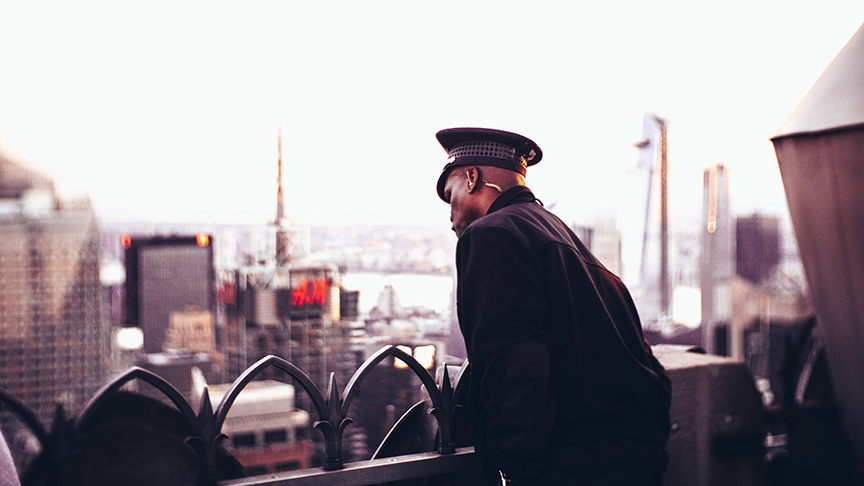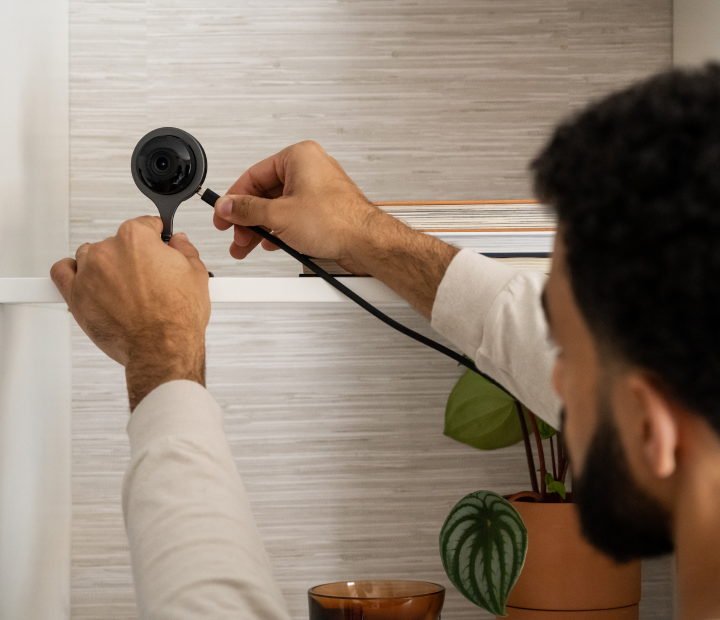Simple Ways to Secure Your Home
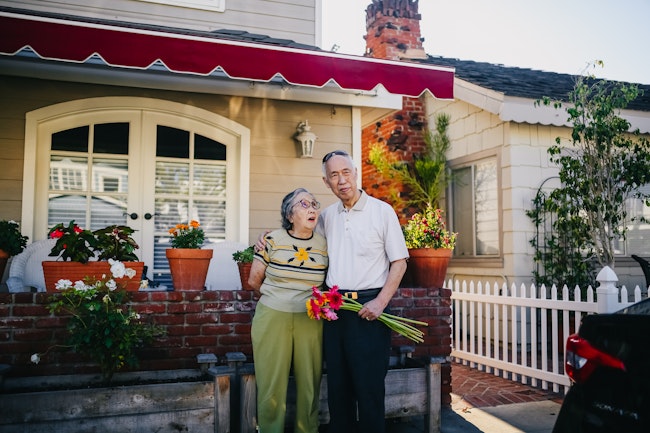
Home Security Tips
No one wants to think that break-ins can happen to them. Unfortunately, according to FBI statistics, a burglary happens about every 30 seconds in the United States. Which means it’s very possible that you could experience one.
Fortunately, if you take a few important precautions, the possibility of a break-in at your home can go down dramatically. In this article, we’ll explore lots of simple ways to secure your home to keep your family safe.
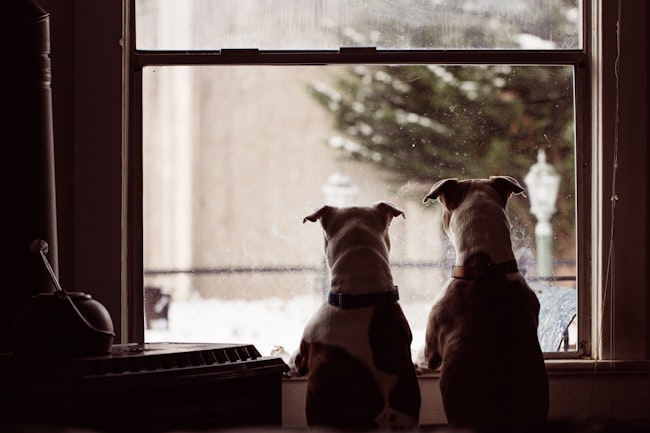
Doors and Windows
There are plenty of creative ways for criminals to break into a home, and you’ve probably seen a few–in the movies. In real life, however, most burglars try to access a home in the most obvious places: the front door and first-floor windows.
Thirty-four percent use the front door, while 22 percent get in through the back door. Twenty-three percent use first-floor windows. While it’s important to take precautions with all areas of your home, the best place to start by focusing on windows and doors. Here are some ways to keep windows and doors secure.
Lock your doors and windows.
Burglars are creatures of opportunity. Unlike the dramatic entries shown in popular media, they don’t usually have elaborate plans. They get desperate and look for opportunities. The easier the better so they aren’t seen by you or police. That’s why front doors and first-floor windows are the most often used entry points for break-ins. Want to avoid giving criminals the opportunity to steal from you? Lock your doors and windows.
Locks serve as your first line of defense against intruders, so make sure that they work properly. If you’re the forgetful type, you may want to consider smart locks, which enable you to lock and unlock your doors and windows remotely.
Entry sensors for your doors or windows are another good tool to have in case you forget to lock everything up. When armed, these sensors can send a signal to your smartphone or panel, which will then allow you to alert the proper authorities. Cove also has a glass break detector, which goes the extra mile in detecting when someone is trying to enter your home.
Reinforce sliding doors.
Another vulnerable spot is sliding glass doors. Typically found at the side or back of the house, these doors offer a great view of the yard outside, but they can also give a burglar a great view of the inside of your house. To keep peering eyes away, keep your drapes closed when not home.
Another important habit to add to your routine is to reinforce your sliding door. Yes, lock it with the lock it came with, but add an extra lock (placed up high and uses a pin to secure the door closed). Also do what homeowners with sliding doors have done since the beginning–lay a stick into the track to keep it from being opened. That way, only you can remove it from inside your home.
Install peepholes in exterior doors.
If your exterior doors don’t already have peepholes, get them installed now. There’s no better way to keep an eye on who is on the other side of the door than a peephole. And when a burglar notices a peephole, they may be wary to continue towards your door.
Keep spare keys in a key lock box.
Popular among realtors and vacation rental home owners, a key lock box can be a great way for homeowners to secure the key to their front door. That way, it’s not easily accessible and in an obvious place, like under the mat or under a fake rock. Rather, it’s still accessible, but only to those you choose. You can reset the code on the key lock box, then send the new code to whoever you want so they can access the key when you’re not closeby. This keeps criminals from easily accessing the key and, therefore, going through the front door.
Add a deadbolt protector.
Deadbolts are a great way to secure your door. But if a criminal is determined and has a tool, they could attempt to break it off. That’s where a deadbolt protector comes in. Adding a deadbolt protector covers where the deadbolt meets the door, adding another layer of protection against someone trying to tamper with the lock.
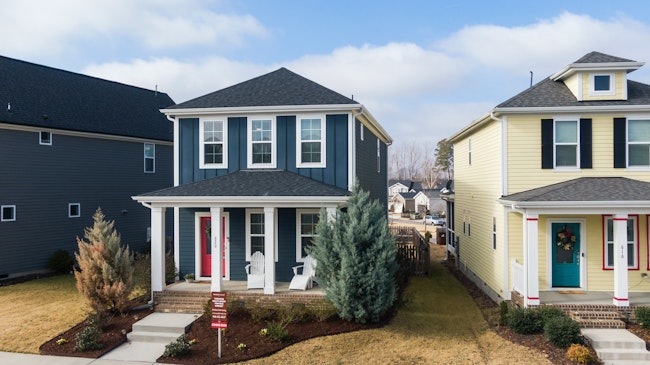
Inside & Outside
After your doors and ground-level windows are taken care of, it’s time to turn your attention to the main areas inside and outside of your home. This seems like a huge category, but we’ll focus on the most important aspects to pay attention to. It pays to think like a potential burglar and look for areas of vulnerability inside and outside of your home. Here are a few key areas to secure now.
Make it look like someone is home.
There are many signs that tell a potential burglar, “Nobody is home!” Things like all the lights out, newspapers or packages piling up on the porch, untrimmed grass and landscaping, etc. When nobody is home, that’s a huge opportunity for burglars to break in and steal things without being detected. That’s why it’s important you take measures to make it look like someone is home at all times, even when there isn’t.
One of the best ways to do this is with lighting. Keep a couple of lights on in your home. Better yet, set a timer that will automatically turn on your lights, especially at night. And be sure to have your outside lights scheduled to come on at night. Keeping the lights on makes it look like someone is home. Burglars are more likely to target homes that are dark or appear that no one is home.
Also be sure to keep your lawn service going if you go out of town, and have someone lined up to shovel your walkway if you’re not going to be home during the winter. If it looks like someone has been at your house recently, burglars will get the hint.
Put valuables in a safe.
Burglars are usually those who are desperate for quick cash, or items they can pawn off for quick cash. Jewelry, electronics like phones or laptops, gaming systems, etc., are all things that can be swiped easily if out in the open. That’s why we recommend putting your valuables in a safe.
Which personal safe is right for you? Well, it depends on what you need to store and how much money you are willing to spend. For larger, very valuable items, a floor or wall safe might be your best option. Or if you only have cash and jewelry, a Sentry safe could be easily tucked away.
Install an indoor cameras.
Have you considered putting cameras inside your home? Indoor cameras are a great way to keep an eye on the inside of your main living areas. They can be easily hidden in a living room, for example, so if an intruder comes inside they won’t even realize it’s there. But they’re also good in non-emergency situations, too. Cove’s indoor camera helps you keep an eye on your pets, kids, and visitors. It even has two-way communication, so you can chat with your loved ones while you’re at work or running errands. The indoor camera is the perfect addition to your whole home security system.
Light up the landscape.
Never underestimate the power of outdoor lighting. Obviously, you want outdoor lights on your home so it’s visible from the street and so you can see your way around when going in and out. But don’t overlook landscape lighting. Those trees and bushes in your front yard? When they’re dark, they are perfect places for a criminal to hide as they approach your home. With some strategically placed landscape lights, those spots are exposed. You could have lights that come on as it gets dark, or you could also consider motion sensor lights.
Secure garages and sheds.
While outbuildings and garages aren’t where your family spends most of their time, do not overlook them as vulnerable spots. They are places where burglars can quickly swipe something without being caught as easily. This is especially true when a homeowner leaves their garage door or shed open longer than intended. Criminals tend to seize opportunities, and there’s no easier way of getting in and out than an open garage or shed. Many times it has tools that can be pawned off for a few dollars.
How can you keep your garage or shed secure? The biggest deterrent is to keep your garage or shed closed whenever you aren’t actively in it. We also recommend adding a door sensor to your garage and to any outside doorways to your garage, as part of a whole home security system. That way, you’ll know if someone is trying to get in, whether you’re at home or not.
Eliminate hiding places.
Perimeter security is your first line of defense when it comes to home security. Keeping the areas outside your home safe can help keep the inside of your home safe as well. Your guide to home perimeter security includes eliminating hiding places, especially the ones closest to your home. We’re talking
Prune tree limbs away from your home to avoid easy access to upstairs windows.
Besides looking nice, a maintained yard can be a deterrent to criminals. Overgrown hedges and trees can be great hiding places for potential burglars. They can jump behind foliage when no one is watching and keep away from prying eyes when there are people walking the neighborhood. When bushes and shrubs are kept trimmed, neighbors can quickly see if anything suspicious is going on. You could even go a step further and plant thorny or spiky plants underneath windows to keep criminals away.
Secure your basement windows.
While a majority of burglars use the front door or ground floor window, don’t discount basement windows as access points. If they’re hidden behind a fence or bush, they could even be ideal because the thief has a place to hide as they make their way to the basement window. And if you don’t often go into your basement, you may not even notice that one has been broken into.
Secure your basement windows by making sure they work properly, can be locked, have a window sensor (as part of a Cove security system) so you are alerted when it is opened, and are clear from bushes. Don’t forget to include adequate lighting to the area as well.
Protect your outdoor valuables.
Many homeowners have loose items around the outside of their home that could easily be stolen. It would be all too easy to nab a bike or other expensive item if it's accessible. That's why it is always important to have a outdoor camara.
Be sure to always keep valuable outdoor items out of your front yard, unless you are right there with them. When you're done putting up Christmas lights, for example, put away that ladder and drill. Help your kids understand that they must put their bikes away after every use.
But even backyards aren't off limits to burglars. If you are able, stow away your grill when not in use so criminals don't even know you own one. Another option is to attach your grill to something heavy, like sandbags or blocks.
There are also great options for locks to keep them from being moved easily. If you're pouring concrete soon, you can include an achor point and clip chains to it that secure grills, patio furniture, etc.
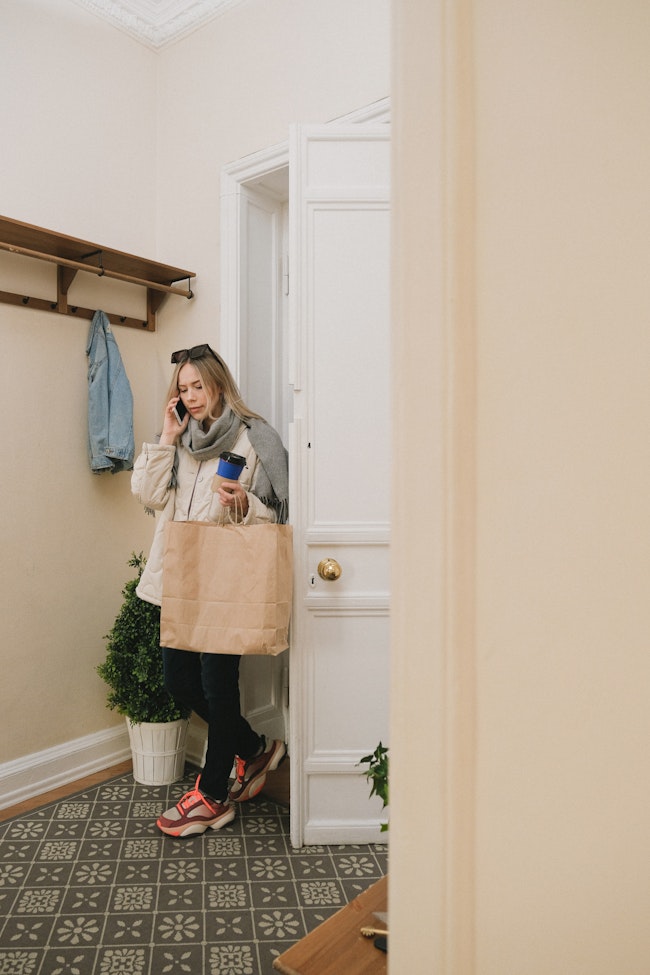
Behavior
Criminals lurk everywhere, even online. And if they see that someone down the street is going to be out of town or has something they want to steal, that’s an opportunity. Your behavior can have a big impact on your safety. Here are a few things to consider that can help keep you less vulnerable.
Don't overshare on social media.
We live in a day and age where it’s common to share what’s on your mind and what you’re currently up to. But be careful when you’re about to leave for a trip. Don’t announce to your followers that you’re leaving town (or when you're leaving town). You never know who is looking at your feed, including friends or friends.
Same goes for geotagging your location, even if you've just tagged yourself on the way to the airport. Instead, wait until you’ve returned to share your pictures. If you can’t resist uploading photos, just be sure to be to switch your account to private or friends only.
Don't advertise large purchases.
Have you ever seen a huge TV box sitting outside someone’s house? Huge no-no. It’s basically an invitation for thieves to know exactly what is inside and ready for them to steal. Sure, you may want to share with others that you got your kids that fun gaming system or that your spouse bought you an amazing bracelet for Valentine’s Day. Just be careful that you’re not advertising it to the wrong crowd.
Don't share when you are out of town.
Beyond telling your trusted friends and neighbors that you’re not going to be home for a little while, don’t share your vacation plans or photos on social media until you get back. That way, you can still share the fun, but not tell the world that your home is unoccupied and vulnerable to a break in.
Reduce signs of absence (shovel your driveway, cut the grass, keep a light on, pick up the newspaper).
Again, you want it to appear that you are home, even though you’re not. So an overgrown lawn or unshoveled walkway can be dead giveaways that you haven’t been home in a while. If you do temporarily suspend these services, be sure to have a friend or neighbor take care of your home’s appearance.
Keep all ladders safely locked away.
Leaving items around can invite burglars to use them to their advantage. Sometimes when working on a project outside, a homeowner may inadvertently leave a ladder outside. This could give a thief quick and easy access to a window where they can use it to get inside your home or peek around to see the best access point. Be sure that every time you use your ladder, return it to a safe location such as locked in your garage or shed.
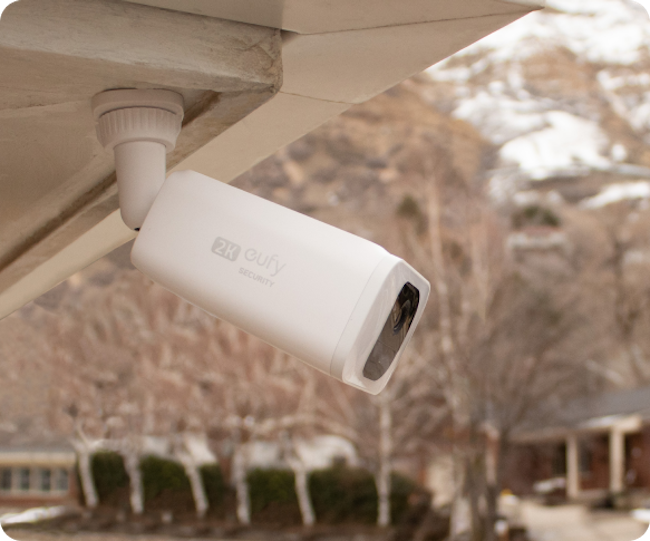
Technology
With so much technology available in the home security world, it’s more convenient than ever to use it to your advantage. If you’re looking to automate anything in your home or use technology to deter thieves, there is plenty of technology to choose from. We recommend these simple approaches to using technology to protect your home.
Install a home alarm system.
With modern technology, protecting your home has never been easier. Home security systems, like Cove, can be customized to fit your family’s individual needs and best of all, can be accessed in a variety of ways, including on your smart devices. You can get immediate notifications and respond to emergencies and alarms all within an app or through messaging.
The number one thing you can do to protect your home is to purchase and install a home security system with monitoring. Putting up cameras on your own and keeping your doors locked isn’t going to be enough. A home security system with monitoring, including motion sensors, can mean the difference between coming home to a broken lock and being alerted as a burglary is in progress.
Did you know that criminals are 300% more likely to pass by a home with a home security system with monitoring? Kind of puts things in perspective. There are lots of options when shopping for a home security system. Obviously, you want something reliable, but also easy to figure out and affordable.
That's why at Cove, we've created a simple quiz so you can quickly see what we recommend for your home. Plus, we're one of the most affordable (equipment and monitoring) systems out there. When you do get a home security system installed, be sure to add your new home security signs and stickers so criminals get the message loud and clear.
Install motion detector lighting.
Criminals depend on being out of sight in order to do their business. If they can hide, they will, and hiding in the dark is a good cover. That's why installing motion sensor lights in strategic areas outside your home is a great home security tip. Some places to install motion sensor lights are above your garage and exterior buildings, near your home's entrances, on the sides of your home, and anywhere else that could be a potential hiding place in the dark.
Buy a home security camera.
Home security cameras are some of the best ways to secure your home. Especially when installed as part of a home security system, every time there is movement at the outdoor camera, doorbell camera, or indoor camera, you’ll be alerted. Whether you’re home or not, you can pull up the footage to see who it is. If there is an issue, police will be notified immediately and hopefully deter the crime before it is able to happen.
Ready to protect your home? Take our quiz to create the perfect customized security system for your needs.
Ready to get started?
Take this short quiz to build your customized system today!
Takes less than a minute
